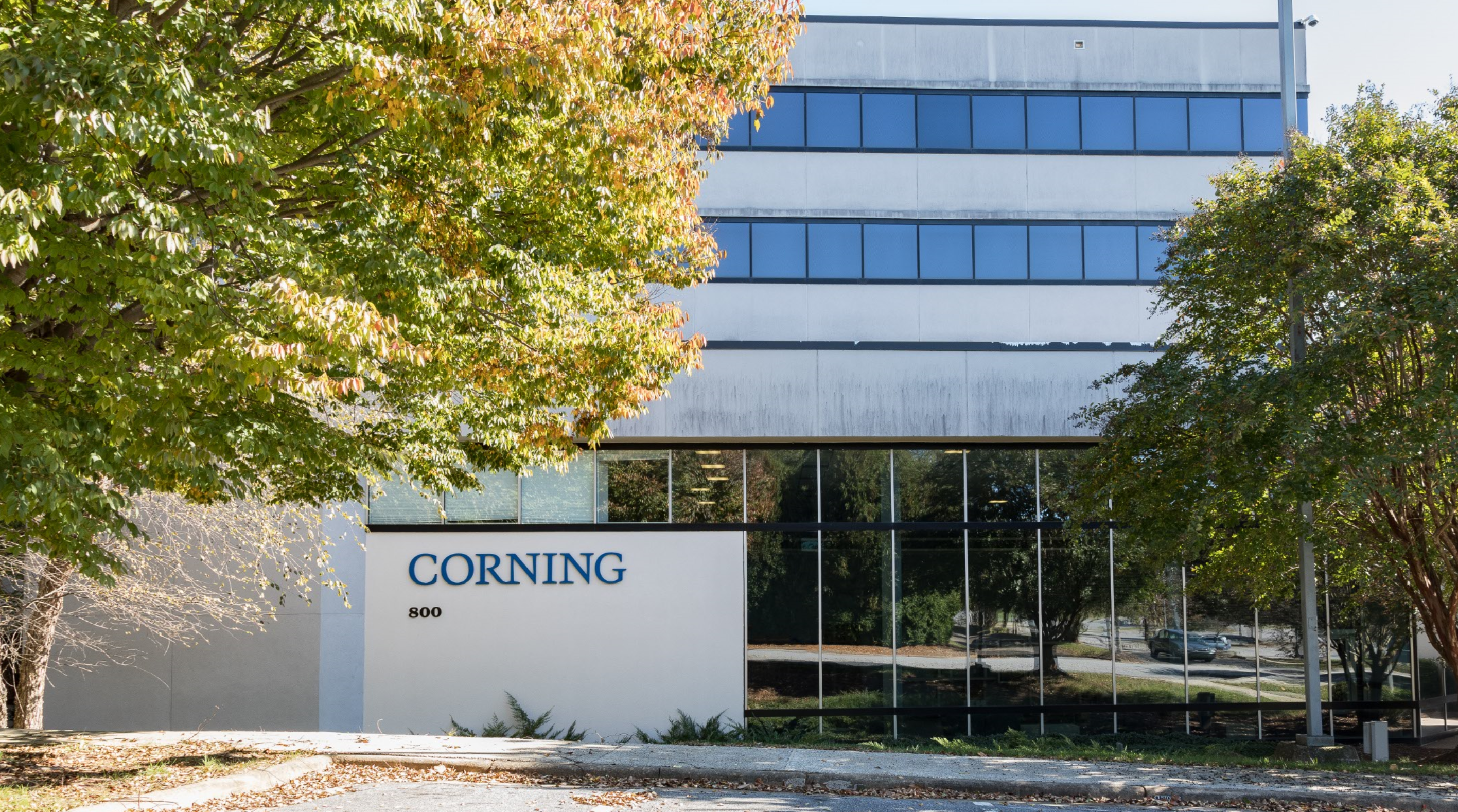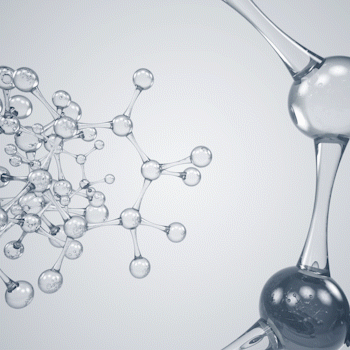What is Gorilla Glass?
Gorilla glass, also known as chemically strengthened glass is hardened to resist breaking. In this guide, I’m going to teach you about the properties of Gorilla glass, how it works, and how it’s made. I’m also going to take you through a ton of really cool applications for gorilla glass.
History of Gorilla Glass
Gorilla Glass is produced by Corning Incorporated in Harrodsburg, Kentucky. This is the company that created the glass for the Edison light bulb in 1877. They’ve had well over a century to perfect glass production–so I think it’s safe to say they know what they’re doing!

Corning and Apple
This special glass actually came about in the 1950’s, but wasn’t put to that much use until 2007. In 2007, Apple CEO Steve Jobs contacted Corning to ask about options for a more durable phone screen. They pointed him in the direction of Gorilla Glass.
With six months before the iPhone Hit stores, Steve Jobs asked Corning’s CEO, Wendell Weeks, if he could create a new glass cover for the new Apple Product. Jobs wanted the glass to be scratch resistant, and breakage resistant.
Corning was scrambling to figure this out, as it normally takes two years to get any new product on the market. They took the work of a strengthened glass for windshields, and made that work for the iPhone. iPhones screens were originally supposed to be a plastic screen. With this new Gorilla Glass, the iPhone delivered a whole new design.
What makes Gorilla Glass so special is it’s durability. It’s a thin piece of glass that is harder to scratch, more resistant to breakage, and more flexible than your typical piece of glass. Some Gorilla Glass even has antimicrobial properties that help fight off bacteria!
Super Strength
After all the raw materials are blended and melted together, the glass goes into a trough called an isopipe. The glass mixture flows over the sides of the trough and fuses together in the container below in a continuous sheet of flat glass.
After the glass cools into a solid sheet, it goes through chemical strengthening in an ion exchange process. It is dipped into a hot salt bath where sodium ions are exchanged for potassium ions.

The potassium ions are larger than the sodium ions, so they fill any gaps that are left in the glass from the production phase.
The tight fit from the potassium ions is what makes this glass so strong and less prone to breakage!
Think of it as using bubble wrap to package something fragile before shipping. The bubble wrap fills the gaps in the box to make things less likely to shift around and break just like the potassium ions.
Gorilla Glass is used for so much, I can almost guarantee you’re looking at a piece of it right now.
The fact that it’s extremely durable while also maintaining a sense of flexibility makes it perfect for electronics that are used daily, especially if you’re a little clumsy.
That being said, Gorilla Glass is not indestructible. Accidents still happen, and things may still break. So, as long as you’re not completely reckless, Gorilla Glass should have you covered if you occasionally drop your phone.
Gorilla Glass Classes
Gorilla Glass 1:
This class of the Gorilla Glass was first used for the iPhone. It minimized fingerprints as well as smudges, with the thickness being 1.5mm in 2005 – 2006.
Gorilla Glass 2:
This class came out in 2012 with the same resistance as the type class. This is just thinner by 20%, allowing lighter and thinner models of Smartphones.
Gorilla Glass 3:
This glass allowed the glass to handle even deeper scratches, 35% or prevented scratches.
Gorilla Glass 4:
In 2014, this class was focused on the idea of being resistant to drops, coming in about twice as strong.
Gorilla Glass 5:
The Class 5 is even stronger than the version before, preventing cracks to up 80% once it falls onto a hard surface.
Gorilla Glass 6:
This was a huge step up from the last version in 2018. That is what is used in most smartphones today, with twice the strength as the last one.
Scratch Proof
Gorilla Glass is scratch resistant, not scratch proof. This means that you place your Smart Phone in your pocket with keys, coins or other sharp objects, then your phone may get scratch. Gorilla Glass prevents the scratch from getting worse as time goes.
Do you need a Screen Protector?
Many people say you do, and others say you do not. If you use a screen protector, and you notice that there are scratches on that, then you may think that it is doing a good job. But truth be told, as Gorilla Glass keeps coming out with new classes and stronger glass, the screen protector is becoming less of an issue.
Even the keys in your pocket should not be able to scratch your phone, if you have a newer phone. That is how strong and durable the Gorilla Glass is. The screen protector will pick up scratches and damages that the phone itself will not encounter.
Although, there are a few materials that can actually scratch the Gorilla Glass. Such as sand, hard rocks, other types of rocks, metals, and very hard materials like diamonds.
Overall, screen protectors are a must have anymore. Using your phone without a protector is okay. If you go to the beach, or go hiking then you may want to invest in a screen protector, but other than that your phone is in good hands.
